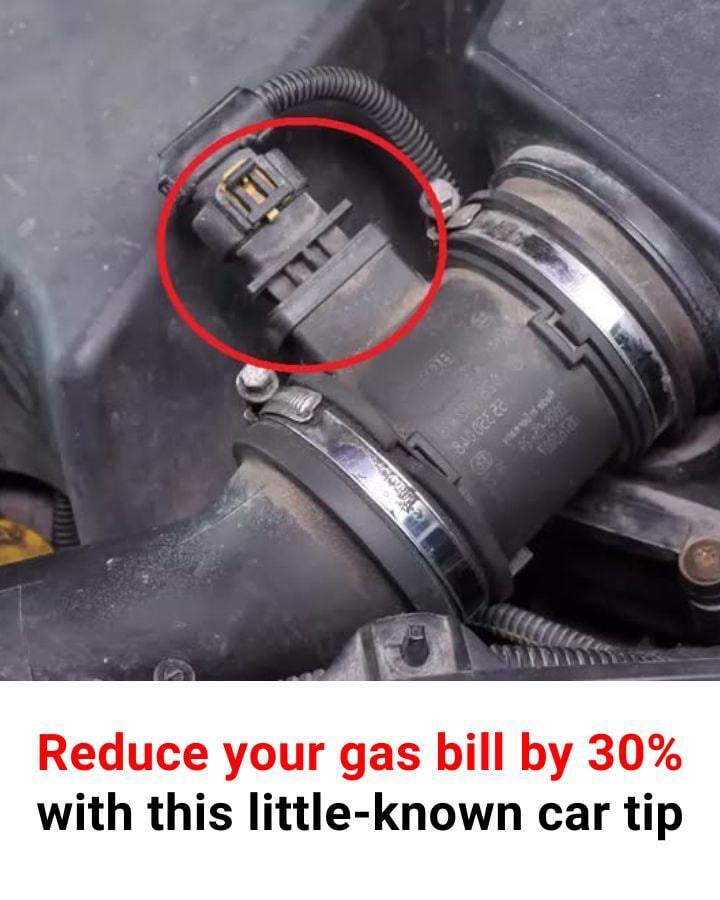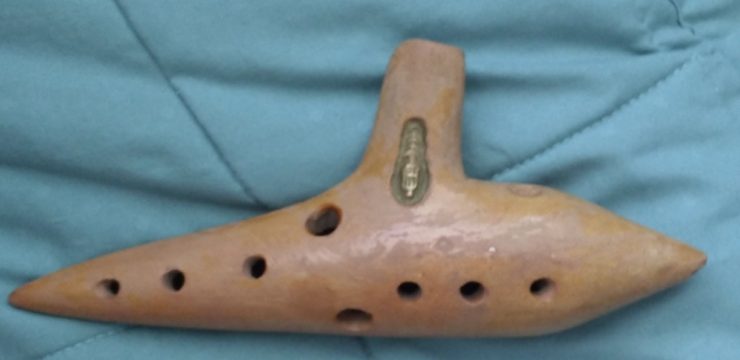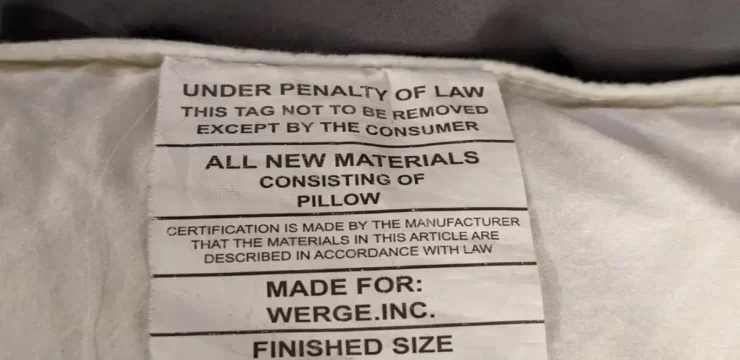Most drivers don’t realize that a single overlooked engine component could be quietly draining their wallet every time they fill up their gas tank. That component is the mass air flow (MAF) sensor, and when it gets dirty or starts to malfunction, your fuel economy can take a serious hit. Fortunately, giving this sensor a little attention can reduce your gas bill by as much as 30%, making it one of the most cost-effective car tips out there.

The MAF sensor plays a vital role in how your engine operates. It’s responsible for measuring the amount of air entering the engine and sending that data to the engine control unit (ECU), which then adjusts how much fuel is injected. When the sensor is clean and functioning properly, the fuel-to-air ratio is optimized for efficiency. But when it’s contaminated or failing, the sensor sends incorrect readings, often leading the ECU to inject too much fuel. This results in poor combustion, wasted gas, and reduced engine performance. A failing MAF sensor is kind of like a chef misjudging ingredients in a recipe—the final product just doesn’t turn out right.
The signs are usually obvious if you know what to look for: poor fuel mileage, weak acceleration, black smoke from the exhaust, engine stalling, and rough idling. You may think your car is just getting old, but in reality, a quick cleaning or affordable replacement of this sensor could get it running much more efficiently. Real-world results show how effective MAF maintenance can be. For instance, a 2012 Toyota Corolla owner cleaned the sensor and saw fuel usage drop from 12 to 8.5 liters per 100 kilometers, saving about 29%. A 2015 Ford Focus owner who replaced the sensor saw mileage improve from 10.5 to 8.2 liters per 100 kilometers—a 22% gain. Even a routine cleaning on a 2010 Honda Civic boosted fuel efficiency by roughly 15%. Cleaning the MAF sensor typically boosts mileage by 5% to 20%, while replacing it can improve fuel economy by as much as 30%, depending on the condition.
Let’s say you drive 15,000 kilometers a year in a car that averages 7 liters per 100 kilometers. With a 20% improvement in efficiency and fuel at $1.50 per liter, you could easily save around $300 annually. To fix or maintain your MAF sensor, start by using a specialized cleaner—never a household cleaner, which can damage the sensor. If cleaning doesn’t work, a replacement typically costs between $30 and $150 depending on the car model. You can also run a diagnostic check using an OBD2 scanner to detect error codes like P0101 to P0103, which often point to MAF sensor problems. Maintaining this sensor is a simple, often overlooked way to get more out of every gallon of gas. But even if your sensor is fine, there are other habits at the gas pump that could be draining your budget. For example, topping off your tank after the pump stops can damage the vapor recovery system and reduce performance. Gas prices also fluctuate during the week, with Monday and Tuesday typically offering lower prices than weekends.
Using gas price apps can help you find the cheapest station nearby rather than just going to the closest one. Many drivers miss out on savings by ignoring fuel rewards programs offered by chains like Shell, Exxon, and Circle K. Signing up can lead to discounts every time you fill up. Another mistake is waiting too long to refuel. Driving with the fuel light on not only risks getting stranded but can damage your fuel pump over time. Buying premium gas is another unnecessary expense unless your vehicle specifically requires it. According to AAA and the FTC, Americans wasted over $2 billion on premium gasoline in a single year with no added benefit. Also, check your tire pressure regularly—under-inflated tires lower your gas mileage significantly. Most stations charge for air, but keeping your tires properly inflated pays off in the long run. Lastly, using a rewards credit card that gives cash back on gas purchases can put money right back in your pocket. When you combine smart car maintenance like MAF sensor care with better fueling habits, you’ll see noticeable savings over time.





